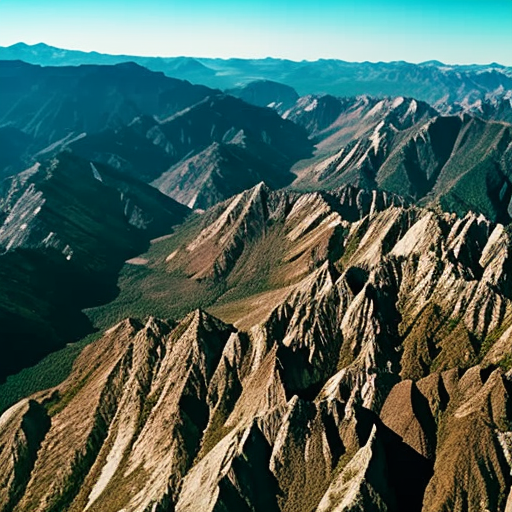Summary: Geology is the scientific study of the Earth’s solid materials, including rocks, minerals, and the processes that shape the Earth’s surface. It encompasses various sub-disciplines, such as mineralogy, petrology, and geomorphology, and plays a crucial role in understanding the Earth’s history, natural resources, and geological hazards.
Introduction to Geology
Geology is the study of the Earth’s solid materials, which include rocks, minerals, and the processes that shape the Earth’s surface. It is a multidisciplinary field that combines elements of physics, chemistry, biology, and mathematics to understand the Earth’s past, present, and future.
Branches of Geology
Geology can be divided into several sub-disciplines, each focusing on different aspects of the Earth’s materials and processes. These include:
- Mineralogy: The study of minerals, their properties, composition, and occurrence in nature.
- Petrology: The study of rocks, including their origin, classification, and composition.
- Structural Geology: The study of the deformation of rocks and the forces that cause them.
- Stratigraphy: The study of rock layers (strata) and their arrangement in time and space.
- Geomorphology: The study of the Earth’s landforms and the processes that shape them.
- Volcanology: The study of volcanoes, volcanic activity, and volcanic rocks.
- Sedimentology: The study of sediments and sedimentary rocks, including their formation and deposition.
- Geophysics: The study of the Earth’s physical properties, such as gravity, magnetism, and seismic waves.
Importance of Geology
Geology is essential for understanding the Earth’s history, natural resources, and geological hazards. By studying rocks and fossils, geologists can reconstruct the Earth’s past climate, tectonic activity, and the evolution of life. This knowledge helps us understand how the Earth has changed over millions of years and predict future changes.
Geology also plays a crucial role in the exploration and extraction of natural resources. By studying the Earth’s rocks and minerals, geologists can identify potential locations for valuable resources such as oil, gas, coal, and metals. They also assess the economic viability and environmental impact of resource extraction.
Furthermore, geology helps us understand and mitigate geological hazards such as earthquakes, volcanic eruptions, landslides, and tsunamis. By studying the Earth’s processes and monitoring seismic activity, geologists can provide early warning systems and develop strategies to minimize the impact of these hazards on human populations.
Methods and Tools in Geology
Geologists use a variety of methods and tools to study the Earth’s materials and processes. These include:
- Fieldwork: Geologists often conduct fieldwork to collect rock samples, map geological features, and observe natural processes.
- Laboratory Analysis: Geologists analyze rock and mineral samples in laboratories using techniques such as microscopy, spectroscopy, and chemical analysis.
- Remote Sensing: Geologists use satellite imagery and aerial photography to study large-scale geological features and changes in the Earth’s surface.
- Geophysical Surveys: Geophysicists use instruments to measure physical properties of the Earth, such as gravity, magnetism, and seismic waves, to map subsurface structures.
- Computer Modeling: Geologists use computer models to simulate geological processes and predict future changes in the Earth’s systems.
Conclusion
Geology is a diverse and interdisciplinary field that helps us understand the Earth’s materials, processes, and history. By studying rocks, minerals, and landforms, geologists contribute to our knowledge of natural resources, geological hazards, and the evolution of the Earth. Their work is crucial for sustainable resource management, environmental protection, and mitigating the impact of natural disasters.












